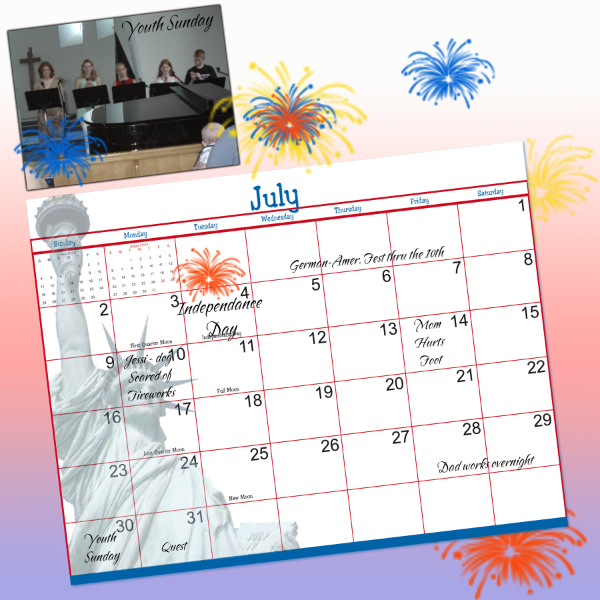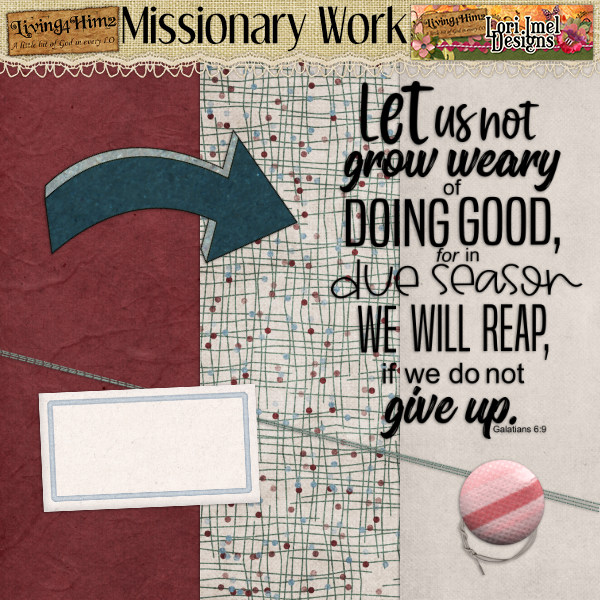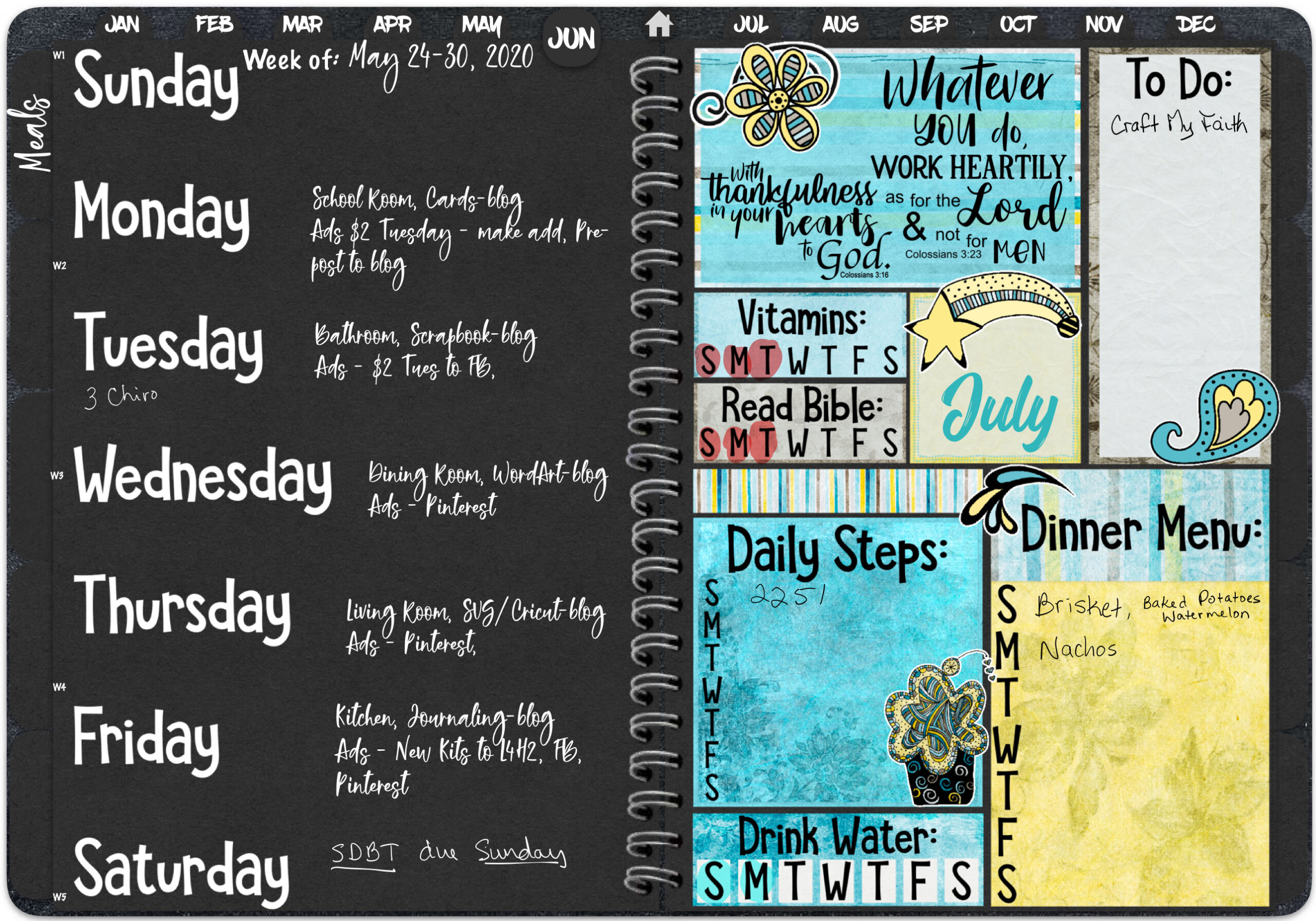How to Survive Chaotic Helldivers 2 Runs: Practical Tips for Random Squads
Quote from li shen on November 10, 2025, 2:04 amIf you’ve ever jumped into Helldivers 2 with randoms, you probably know how a run can swing from “this is fine” to “abort mission” in under a minute. I watched a long, chaotic playthrough where everything that can go sideways did — goofy chatter, odd loadouts, groups of hulks and puppies, and last-second fortifications — and pulled out practical lessons any player can use to survive (and enjoy) those messy missions.
Below I break down what happened, what worked, and how you can make better choices when the team composition and the RNG are not on your side.
If you’re looking to unlock new armor sets, ship modules, or premium Warbond gear faster, you’ll need plenty of Super Credits. In Helldivers 2, players can earn them through gameplay, but progress can be slow — especially if you’re saving up for high-tier equipment. That’s why some players choose to HD2 buy Super Credits directly to speed up their progress and focus on the action instead of grinding. Whether you earn or purchase them, managing your Super Credits wisely is key to building the ultimate Helldiver.
What the run looked like — in short
The session is pure randoms energy: players calling in weird stratagems, accidental friendly-fire, rockets everywhere, and last-ditch fortifications around extraction points. The team goes from “we’ve got this” to “get off the planet” multiple times, and there’s a lot of improvisation — anti-tank mines thrown down, shield backpacks acting as mobile turtle shells, and someone inevitably trying to melee a heavy enemy. It’s loud, it’s chaotic, and it’s real.
The big takeaways from watching it aren’t about individual mistakes so much as patterns: poor loadout synergy, lack of a clear extraction plan, and everyone assuming somebody else will handle heavy threats. That’s fixable — often with small changes.
Loadout tips for messy games
- Bring at least one reliable anti-heavy option. When you see multiple hulks or a tank, the run goes south fast if nobody packed a hard-hitting anti-vehicle stratagem or weapon. A single player with an anti-armor missile, railgun support, or even well-placed anti-tank mines can swing the fight.
- Consider a “utility” slot player. If everyone wants flashy guns, there’s no one to build a wall or drop a jammer. When randoms are unreliable, the most valuable teammate is the one who can patch holes: deploy fortifications, lay mines, put down shield backpacks at chokepoints, or call in a Jackpack for mobility.
- Light armor isn’t useless. During gas-heavy or melee-heavy chaos, light armor that counters a specific hazard (like gas) can keep you standing long enough to revive teammates. If you play support or run-and-gun, light armor’s mobility is a plus.
- Don’t be that guy who runs at the gunship alone. The transcript shows multiple “that was death” moments — single players charging without backup. Coordinate pushes or bait enemies into narrow fields of fire.
Fortifications, positioning, and extraction
- Defend the extraction like it’s the objective it is. Build walls, fortify stairs, and control chokepoints. Players in the video got saved multiple times by hastily placed fortifications — but they also lost extract points because someone didn’t clear a platform.
- Use the environment. High ground, doorways, and narrow funnels magnify defensive tools (turrets, lasers, mines). If randoms are unpredictable, force the enemy into predictable paths.
- Plan the extraction route early. Don’t wait until the timer’s ticking down. Group movement matters; split teams rarely survive when hulks and puppies swarm.
Teamplay habits that save runs
- Call out targets concisely. “Hulk behind the crate” beats long-winded jokes when you need to focus fire.
- Don’t stack landing reinforcements on a single player. The stream they were watching had multiple “don’t land on demo” moments. Spread reinforcements to avoid instant deaths and clutter.
- Use rally points. If you go down, tell teammates where you’re bleeding out so they can prioritize a pickup.
When things go really wrong: recovery tricks
- If you’re pinned, pull aggro to a narrow corridor. Giving teammates a line of sight makes it easier to control the fight.
- Drop a shield backpack and retrograde. Use it as a mobile safety zone to retreat and revive.
- Call reinforcements strategically. If the team is overwhelmed, spend supplies on a targeted stratagem (e.g., a Hell Bomb or focused artillery) rather than scattershot reinforcements that land on top of people.
Microtransactions and third-party services — quick note
If you’re tempted to speed progression using purchases, be careful: in-game currencies and items have different values and safety levels depending on how you acquire them. For players considering shortcuts, some third-party sellers advertise services for Helldivers 2 — names like U4GM appear in community discussions — but always check reputation, terms of service, and the game’s policy before using external vendors. Buying through unofficial channels can risk account penalties and often adds extra headaches.
On buying in-game items safely
If you prefer a straightforward approach to unlock cosmetics or convenience items, use official in-game stores and the platform’s store. That said, I know a lot of players look for cheaper options and quick upgrades. If you search for ways to acquire medals or credits quickly, weigh the trade-offs: price, account safety, and whether the item is worth short-term advantage versus long-term enjoyment.
(For players specifically curious about purchasing options, some people search terms like “buy helldivers 2 medals” to find quick access to rewards; consider official channels first and treat third-party offers skeptically.)
Small player tips I picked up watching the run
- Laugh at dumb moments — keeping morale up often prevents tilt and helps you perform better.
- If someone is clearly failing repeatedly, don’t grief them; instead, back them up for one mission and then swap roles if it keeps the team alive.
- Keep one slot for a flexible stratagem (fortifications, anti-vehicle ordinance, or fast mobility) rather than rigidly sticking to one role.
Final verdict and recommendations
Randoms will always be random. But you can make those runs more consistent by packing utility, prioritizing anti-heavy tools, fortifying extraction points, and using simple communication. When you’re the steady hand — the player who brings a wall or calls out the hulks — you increase the odds your group will walk away laughing instead of wiping.
Summary: prioritize team survivability over flashy kills, carry at least one anti-heavy option, use fortifications for extraction safety, and be cautious about third-party purchase options. These steps turn chaotic sessions into memorable wins more often than not.
If you’ve ever jumped into Helldivers 2 with randoms, you probably know how a run can swing from “this is fine” to “abort mission” in under a minute. I watched a long, chaotic playthrough where everything that can go sideways did — goofy chatter, odd loadouts, groups of hulks and puppies, and last-second fortifications — and pulled out practical lessons any player can use to survive (and enjoy) those messy missions.
Below I break down what happened, what worked, and how you can make better choices when the team composition and the RNG are not on your side.
If you’re looking to unlock new armor sets, ship modules, or premium Warbond gear faster, you’ll need plenty of Super Credits. In Helldivers 2, players can earn them through gameplay, but progress can be slow — especially if you’re saving up for high-tier equipment. That’s why some players choose to HD2 buy Super Credits directly to speed up their progress and focus on the action instead of grinding. Whether you earn or purchase them, managing your Super Credits wisely is key to building the ultimate Helldiver.
What the run looked like — in short
The session is pure randoms energy: players calling in weird stratagems, accidental friendly-fire, rockets everywhere, and last-ditch fortifications around extraction points. The team goes from “we’ve got this” to “get off the planet” multiple times, and there’s a lot of improvisation — anti-tank mines thrown down, shield backpacks acting as mobile turtle shells, and someone inevitably trying to melee a heavy enemy. It’s loud, it’s chaotic, and it’s real.
The big takeaways from watching it aren’t about individual mistakes so much as patterns: poor loadout synergy, lack of a clear extraction plan, and everyone assuming somebody else will handle heavy threats. That’s fixable — often with small changes.
Loadout tips for messy games
- Bring at least one reliable anti-heavy option. When you see multiple hulks or a tank, the run goes south fast if nobody packed a hard-hitting anti-vehicle stratagem or weapon. A single player with an anti-armor missile, railgun support, or even well-placed anti-tank mines can swing the fight.
- Consider a “utility” slot player. If everyone wants flashy guns, there’s no one to build a wall or drop a jammer. When randoms are unreliable, the most valuable teammate is the one who can patch holes: deploy fortifications, lay mines, put down shield backpacks at chokepoints, or call in a Jackpack for mobility.
- Light armor isn’t useless. During gas-heavy or melee-heavy chaos, light armor that counters a specific hazard (like gas) can keep you standing long enough to revive teammates. If you play support or run-and-gun, light armor’s mobility is a plus.
- Don’t be that guy who runs at the gunship alone. The transcript shows multiple “that was death” moments — single players charging without backup. Coordinate pushes or bait enemies into narrow fields of fire.
Fortifications, positioning, and extraction
- Defend the extraction like it’s the objective it is. Build walls, fortify stairs, and control chokepoints. Players in the video got saved multiple times by hastily placed fortifications — but they also lost extract points because someone didn’t clear a platform.
- Use the environment. High ground, doorways, and narrow funnels magnify defensive tools (turrets, lasers, mines). If randoms are unpredictable, force the enemy into predictable paths.
- Plan the extraction route early. Don’t wait until the timer’s ticking down. Group movement matters; split teams rarely survive when hulks and puppies swarm.
Teamplay habits that save runs
- Call out targets concisely. “Hulk behind the crate” beats long-winded jokes when you need to focus fire.
- Don’t stack landing reinforcements on a single player. The stream they were watching had multiple “don’t land on demo” moments. Spread reinforcements to avoid instant deaths and clutter.
- Use rally points. If you go down, tell teammates where you’re bleeding out so they can prioritize a pickup.
When things go really wrong: recovery tricks
- If you’re pinned, pull aggro to a narrow corridor. Giving teammates a line of sight makes it easier to control the fight.
- Drop a shield backpack and retrograde. Use it as a mobile safety zone to retreat and revive.
- Call reinforcements strategically. If the team is overwhelmed, spend supplies on a targeted stratagem (e.g., a Hell Bomb or focused artillery) rather than scattershot reinforcements that land on top of people.
Microtransactions and third-party services — quick note
If you’re tempted to speed progression using purchases, be careful: in-game currencies and items have different values and safety levels depending on how you acquire them. For players considering shortcuts, some third-party sellers advertise services for Helldivers 2 — names like U4GM appear in community discussions — but always check reputation, terms of service, and the game’s policy before using external vendors. Buying through unofficial channels can risk account penalties and often adds extra headaches.
On buying in-game items safely
If you prefer a straightforward approach to unlock cosmetics or convenience items, use official in-game stores and the platform’s store. That said, I know a lot of players look for cheaper options and quick upgrades. If you search for ways to acquire medals or credits quickly, weigh the trade-offs: price, account safety, and whether the item is worth short-term advantage versus long-term enjoyment.
(For players specifically curious about purchasing options, some people search terms like “buy helldivers 2 medals” to find quick access to rewards; consider official channels first and treat third-party offers skeptically.)
Small player tips I picked up watching the run
- Laugh at dumb moments — keeping morale up often prevents tilt and helps you perform better.
- If someone is clearly failing repeatedly, don’t grief them; instead, back them up for one mission and then swap roles if it keeps the team alive.
- Keep one slot for a flexible stratagem (fortifications, anti-vehicle ordinance, or fast mobility) rather than rigidly sticking to one role.
Final verdict and recommendations
Randoms will always be random. But you can make those runs more consistent by packing utility, prioritizing anti-heavy tools, fortifying extraction points, and using simple communication. When you’re the steady hand — the player who brings a wall or calls out the hulks — you increase the odds your group will walk away laughing instead of wiping.
Summary: prioritize team survivability over flashy kills, carry at least one anti-heavy option, use fortifications for extraction safety, and be cautious about third-party purchase options. These steps turn chaotic sessions into memorable wins more often than not.





















